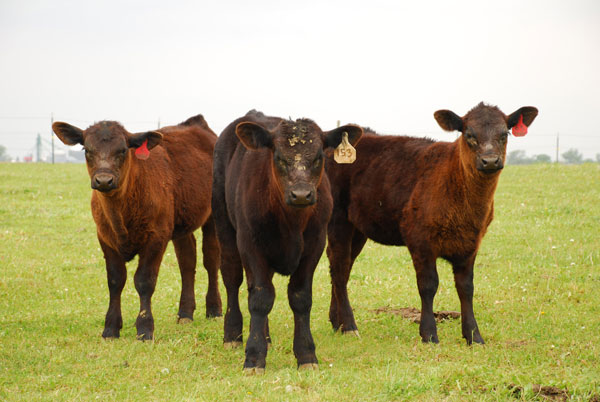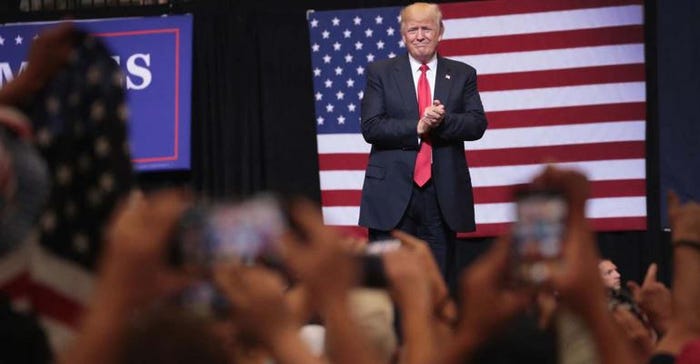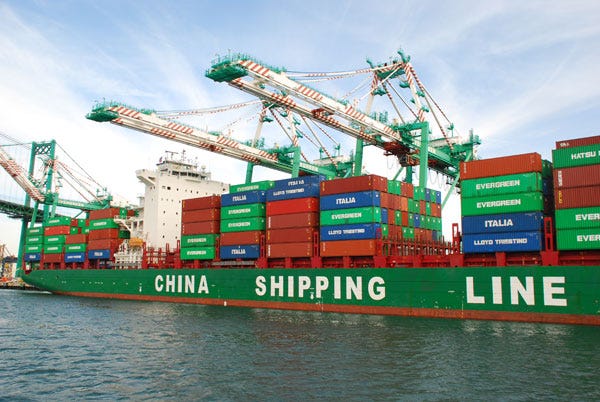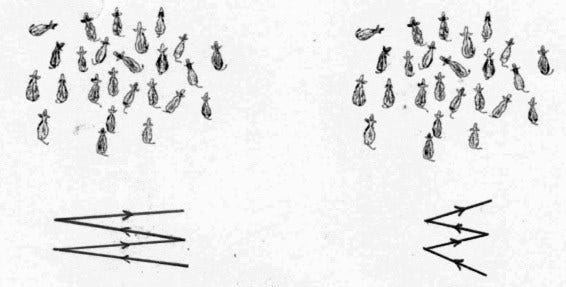5 Trending Headlines: Throw a D.A.R.T for cattle health; PLUS: Immigration reform concerns
If the eye of the master fattens the calf, it also keeps it healthy. Plus, some college kids, with sage advice from former U.S. Representative Charlie Stenholm, offer thoughts on immigration reform. That and more awaits you in this week’s Trending Headlines.

Throw a D.A.R.T for cattle health
Any parent knows when their child is sick, because they tell you. But parents can usually tell just by looking at them. Your cattle, however, can’t tell you they don’t feel well, so you can use the D.A.R.T system, an acronym that literally helps producers to keep in mind likely tell-tale signs of poor animal health, says Barry Whitworth, veterinarian and Oklahoma State University Cooperative Extension food animal quality and health specialist.
Those four indicators include the following symptoms to look for, according to the Oklahoma Farm Report:
D stands for Depression
A stands for Appetite (or lack of appetite)
R stands for Respiration.
T stands for Temperature.
Trump calls for expanded broadband internet in rural areas

One of the frustrations in running a rural business is higher-cost, slow internet. President Trump hopes to fix that, saying that expanded access to broadband internet service in rural areas will be part of the infrastructure plan he will submit to Congress, reports Southwest Farm Press.
"I will be including a provision in our infrastructure proposal -- $1 trillion proposal, you’ll be seeing it very shortly -- to promote and foster, enhance broadband access for rural America also," Trump said in remarks last week at Kirkwood Community College in Cedar Rapids, Iowa, after touring agricultural facilities on campus. "We will rebuild rural America."
Be patient as Chinese market develops

China’s long-awaited return to the U.S. beef market is indeed the buzz of the beef business. And even though the U.S. has a robust export beef trade, it will take time for the U.S. to ramp up the programs and procedures necessary to fulfill the potential that China represents, according to the Oklahoma Farm Report.
On the other side of the world, products not suited for our domestic market may actually be in higher demand and have a higher value in foreign markets. The ability to export these cuts, allows U.S. beef producers to salvage the carcass value that might have been lost if it were sold domestically. This has been the case for the major markets we're already exporting to, like China and South Korea. But it didn't happen overnight, says Oklahoma State Livestock Marketing Economist Peel.
"There's a lot of potential in this market over time. But, I think it will take some time," Peel says. "That's a process that will grow over time as you try to build market share."
Click here to hear and read more.
Immigration reform must consider labor needs
Former U.S. Representative Charlie Stenholm teaches a class on agriculture, energy, and food policy at Tarleton State University. This article in Southwest Farm Press includes views and recommendations from that class, which have been “respectfully submitted to House and Senate Ag Committees.”
“Some 43 million foreign born immigrants currently live in the U.S. (9.5 to 11 million are estimated as undocumented). That must change. In our opinion, rounding them up, locking them up, and deporting all of them is not a feasible or desirable option. For most, their only crime was seeking a better place to live and earn a living.
“Reform must include a workable plan to encourage most of the undocumented to come forward voluntarily (with their employer or sponsor) to receive legal documents that will allow them to become legal immigrants. They or their sponsor must pay the appropriate fine or other punishment applicable as determined by Congress. Those who have broken other laws or do not come forward should be deported. Changes proposed by the current Administration on H1B visas are an important step in the right direction. A workable immigration policy for the future must have the buy-in of employers and an absolute enforcement mechanism with buy-in of We the People. Only Congress can provide that.”
Driving cattle with low-stress techniques

Just about everything we do with our cattle comes down to driving them someplace, whether to summer pasture and back, into or out of the corral, up the alley, onto the scale, or through the crowd pen and up the chute. And a really important thing to understand is that if we don’t drive our animals properly, we’re going to have problems (e.g., resistance, runbacks). But if we drive them properly, we should avoid creating unnecessary problems and old problems will often disappear.
From the low-stress livestock handling perspective developed by Bud Williams, all the hoopla of conventional driving is unnecessary and counter-productive. Effective driving is based on communicating with the animals through proper technique so they understand what we want and do it willing—no fear or force necessary.
Click here to see two different ways to drive cattle with less stress on you and the cattle
About the Author(s)
You May Also Like


.png?width=300&auto=webp&quality=80&disable=upscale)
